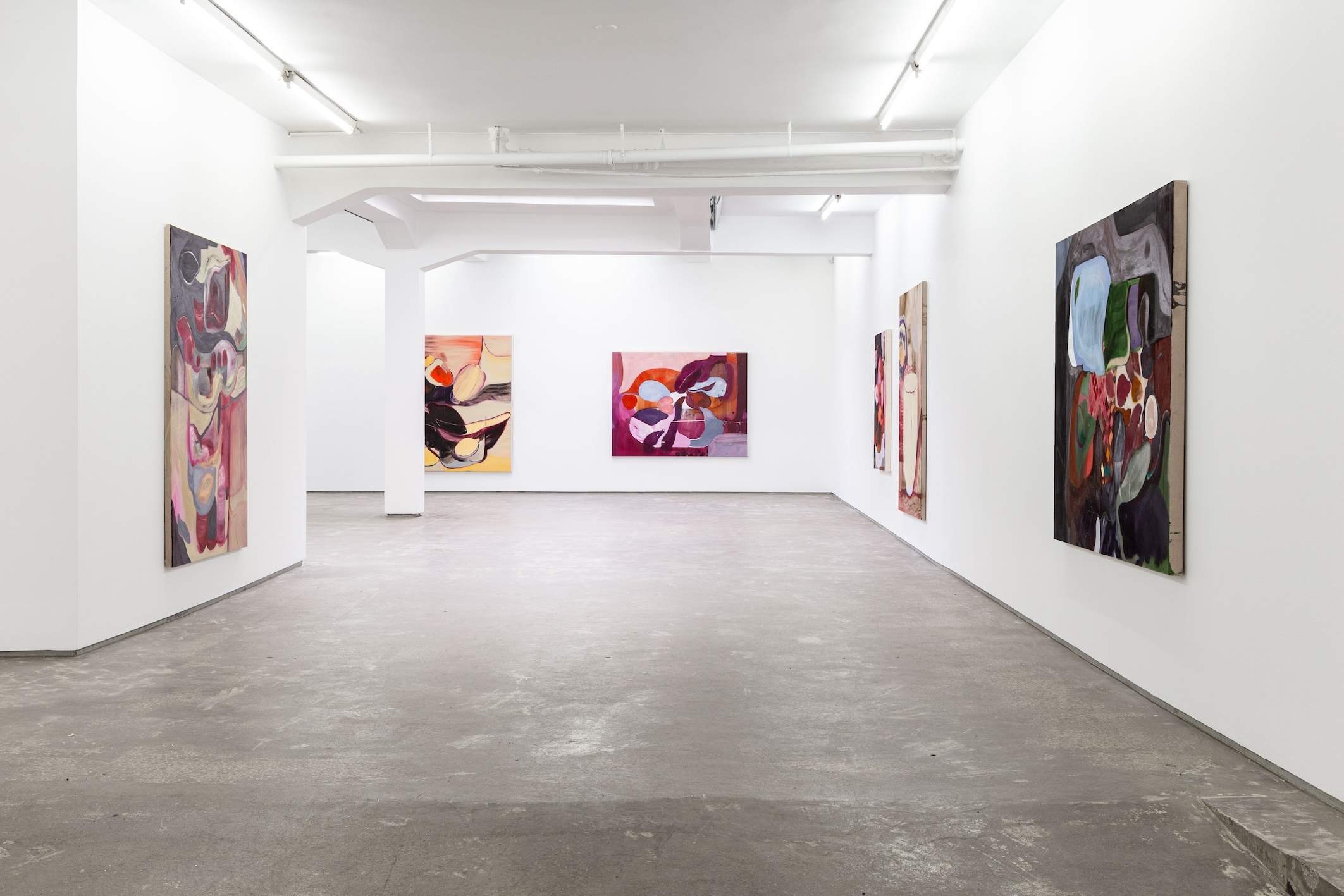The intersection of art and luxury is reshaping exhibitions, expanding audience reach for artists and galleries. Moderated by Jenn Ellis (founder of APSARA), a panel featuring Martha Mosse (Paul Smith Foundation), Matthew McLean (Frieze Studios), and Sherry Dobin (SRD Culture) explored how cross-industry collaborations are redefining art, fashion, and culture.
Read on for a quick snapshot of the discussion or watch on-demand now.
New Luxury
The notion of "luxury" has shifted significantly, with both the art and fashion industries facing new expectations from consumers and creatives alike.
Martha Mosse shared her view that luxury is no longer confined to traditional fashion or high-end products: "I think the term luxury is evolving. People gravitate toward fashion, but these sectors are under pressure. Those seeking creative collaborations need to look beyond these classic models."
Jenn Ellis offered a key distinction in the luxury ecosystem: "Another important distinction is the luxury brand or conglomerate, then the partnership." This points to the growing trend of luxury brands looking to support creative endeavors while maintaining their prestige.
Matthew McLean discussed how luxury brands are increasingly setting up foundations separate from their commercial interests, which help to enhance the brand's cultural prestige: "Luxury brands ringfence their foundations at arm's length from daily operations to foster artistic endeavors."
Sherry Dobin emphasized the role of lifestyle in luxury, noting that collaborations in high-profile locations, like Times Square, offer valuable opportunities for artists: "One aspect of luxury is lifestyle, and a key element of lifestyle is place."
"It’s not just about placing an artist’s work in a commercial context, but about opening a dialogue between the artist and the brand.”
What Does Success Look Like for Artists?
A key point of discussion was the question of what makes a successful collaboration between artists and luxury brands. While collaboration is tempting, ensuring mutual benefit is key. Martha Mosse emphasized the importance of harmony in partnerships: "A collaboration is a partnership, and both partners should be happy with the outcome and process. For the artist, that might mean rent or access to huge marketing. For the brand, it’s cultural cache, new relevance, and access to new audiences."
Sherry Dobin highlighted the need for authenticity in these partnerships: “It’s about framing it right. Are you leveraging something from the creative side, or creating something new for both parties? Ensure there’s no logo on the artwork, allowing it to stand alone.”
Matthew McLean discussed the challenge of aligning commercial goals with artistic vision: “There’s an allure to the art world, but brands can’t always articulate why that is. It’s not just about placing an artist’s work in a commercial context, but about opening a dialogue between the artist and the brand.”
Sherry added that curiosity from both parties is essential: “The key to a successful collaboration is mutual curiosity and synergy.”
"Galleries that lean into collaboration see it as an opportunity for the artist and are often the most successful."
The Role of the Gallery
As collaborations grow, the role of galleries in these partnerships is evolving. Traditionally, galleries have acted as gatekeepers for artists, but direct collaborations with brands raise questions about how galleries should engage with these new opportunities.
"Galleries that lean into collaboration see it as an opportunity for the artist and are often the most successful." - Jenn Ellis
Jenn Ellis stressed the importance of galleries as facilitators: "When approaching an artist, I’ve always involved the gallery. Galleries that lean into collaboration see it as an opportunity for the artist and are often the most successful."
Matthew McLean noted the growing importance of artist agents and suggested that galleries may play a more active role in facilitating brand partnerships: "It’s rare for galleries to shop their artists to brands. I wouldn’t be surprised to see the rise of the 'artist agent.' That could lead to a more active role for galleries."
For artists without representation, initiating a collaboration can be challenging but possible. Martha Mosse offered practical advice: “Before pitching, research the person you’re reaching out to. Find the marketing manager on LinkedIn and email them. Be tenacious, with a professional deck showcasing previous partnerships and projects. Going to events and being present for networking is key.”
Jenn also emphasized the importance of direct communication: “Invite people to your studio, take the initiative! Email is more professional than Instagram. Keep it succinct, and include a call to action like 'Are you available to chat next week?' Keep going even if you don’t get a reply.”
The Future of Artist-Brand Collaborations
The panel concluded by recognizing the vast potential for creative collaborations to reshape both art and luxury brands. For Matthew McLean, the future of these partnerships hinges on how the role of the "artist" has evolved: “Over time, the concept of the artist has become blurred. Are you executing someone else’s vision, or creating your own?”
As the art world continues to evolve, the intersection of art, luxury, and culture will expand, offering new opportunities for artists to express their vision and for brands to engage with audiences in deeper, more meaningful ways.






